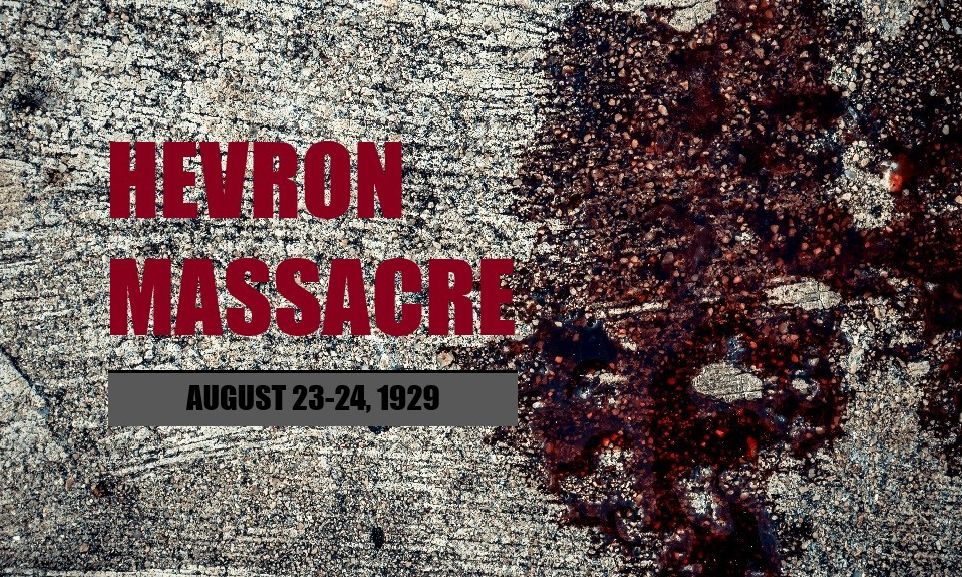
The Hevron Massacre, Part 4
Dutch-Canadian journalist Pierre Van Paassen, wrote as an eyewitness to the August 23-24, 1929 massacre of Hevron’s Jews...

Editor’s note: Pierre Van Paassen (1895 – 1968) was a Noahide Dutch-Canadian journalist who personally witnessed the 1929 pogrom against the Jews of Hevron. He wrote his eye-witness account in his bestseller, “Days of Our Years,” from which this article is taken from. Van Paassen proved that the Mufti of Jerusalem was behind the riots and slaughter, and he accuses the British administration of aiding and abetting the Mufti.
Hevron, August 23-24 (18-19 Av), 1929
Falsified photographs showing the Omar mosque of Jerusalem in ruins, with an inscription that the edifice had been bombed by the Zionists, were handed out to the Arabs of Hevron as they were leaving their place of worship on Friday evening, August the twenty-third. A Jew passing by on his way to the synagogue was stabbed to death. When he heard of the murder, Rabbi Slonim, a man born and bred in the city and a friend of the Arab notables, notified the British police commander that the Arabs seemed to be strangely excited. He was told to mind his own business. An hour later the synagogue was attacked by a mob, and the Jews at prayer were slaughtered. On the following Shabbat morning, the Yeshiva was sacked, and the students were slain. A delegation of Jewish citizens thereupon set out to visit the police station, but was met by the lynch mob. The Jews returned, took refuge in the house of Rabbi Slonim, and remained there until evening, when the mob appeared in front of the door. Unable to batter it down, the Arabs climbed up the trees at the rear of the house and, dropping onto the balcony, entered through the windows on the first floor.
Mounted police–Arab troopers in the service of the government– had appeared outside by this time, and some of the Jews ran down the stairs of Rabbi Slonim’s house and out into the roadway. They implored the policemen to dismount and protect their friends and relatives inside the house. They hung onto the necks of the horses. From the upper windows came the terrifying screams of the old people, but the police galloped off, leaving the boys in the road to be cut down by Arabs arriving from all sides for the orgy of blood.
What occurred in the upper chambers of Slonim’s house could be seen when we found the twelve-foot-high ceiling splashed with blood.
The rooms looked like a slaughterhouse. When I visited the place in the company of Captain Marek Schwartz, a former Austrian artillery officer, Mr. Abraham Goldberg of New York, and Mr. Ernst Davies, correspondent of the old Berliner Tageblatt, the blood stood in a huge pool on the slightly sagging stone floor of the house. Clocks, crockery, tables and windows had been smashed to smithereens. Of the remaining articles, not a single item had been left intact except a large black-and-white photograph of Dr. Theodore Herzl, the founder of political Zionism. Around the picture’s frame the murderers had draped the blood-drenched underwear of a woman.
We stood silently contemplating the scene of slaughter when the door was flung open by a British solder with fixed bayonet. In strolled Mr. Keith-Roach, governor of the Jaffa district, followed by a colonel of the Green Howards battalion of the King’s African Rifles. They took a hasty glance around that awful room, and Mr. Roach remarked to his companion, “Shall we have lunch now or drive to Jerusalem first?”
In Jerusalem, the government published a refutation of the rumors that the dead Jews of Hevron had been tortured before they had their throats slit. This made me rush back to that city accompanied by two medical men, Dr. Dantziger and Dr. Ticho. I intended to gather up the severed sexual organs and the cut-off women’s breasts we had seen lying scattered over the floor and in the beds. But when we came to Hevron a telephone call from Jerusalem had ordered our access barred to the Slonim house. A heavy guard had been placed before the door. Only then did I recall that I had inadvertently told a fellow newspaperman in Jerusalem about our gruesome discoveries.
On the same day of the Hevron massacre, the Arabs had rioted in Jerusalem, crying: “Death to the Jews! The government is with us!” The fact that the attacks on Jewish communities in different parts of the country had occurred simultaneously was interpreted by the Mufti’s newspaper Falastin as irrefutable evidence of the spontaneity of the outburst of Arab indignation. The Acting High Commissioner, Mr. H.C. Luke, had informed newspapermen that the government had been completely taken unawares. Yet a full ten days earlier it was he who had ordered the various hospitals, and especially the Rothschild clinic of which Dr. Dantziger was chief surgeon, to have a large number of beds in readiness in view of the government’s expectation of a riotous outbreak.
May the memory of Hevron’s holy martyrs arouse Divine compassion for all of Israel, amen.
(Breslev Israel expresses its deep appreciation to Noam Arnon and to the Jewish Community of Hevron, http://www.hebron.com/)




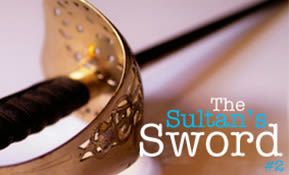
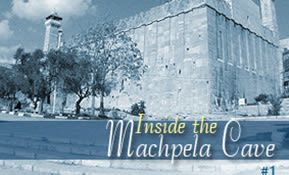
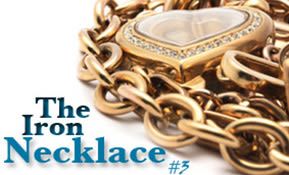
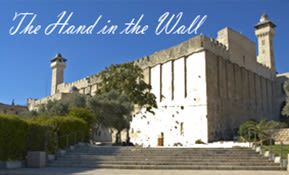
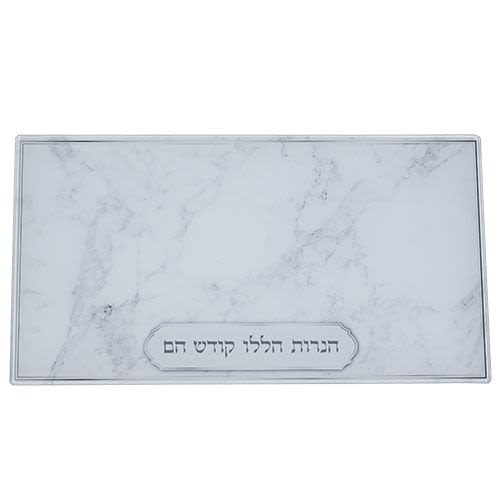
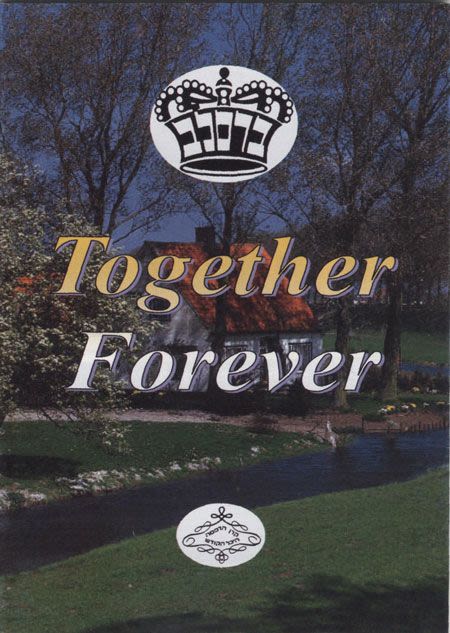
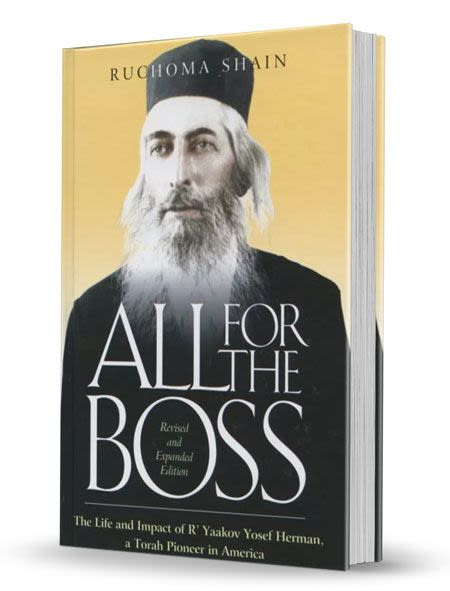
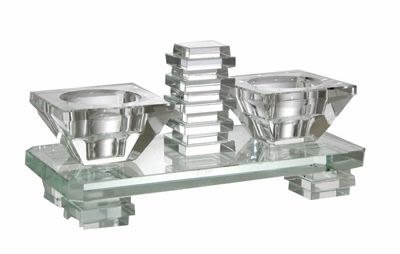

Tell us what you think!
Thank you for your comment!
It will be published after approval by the Editor.